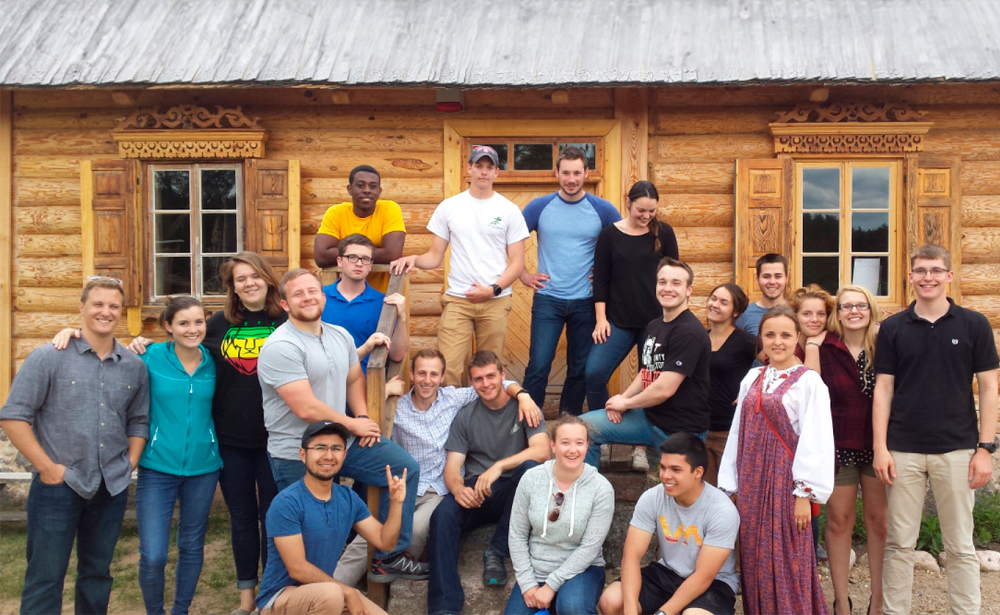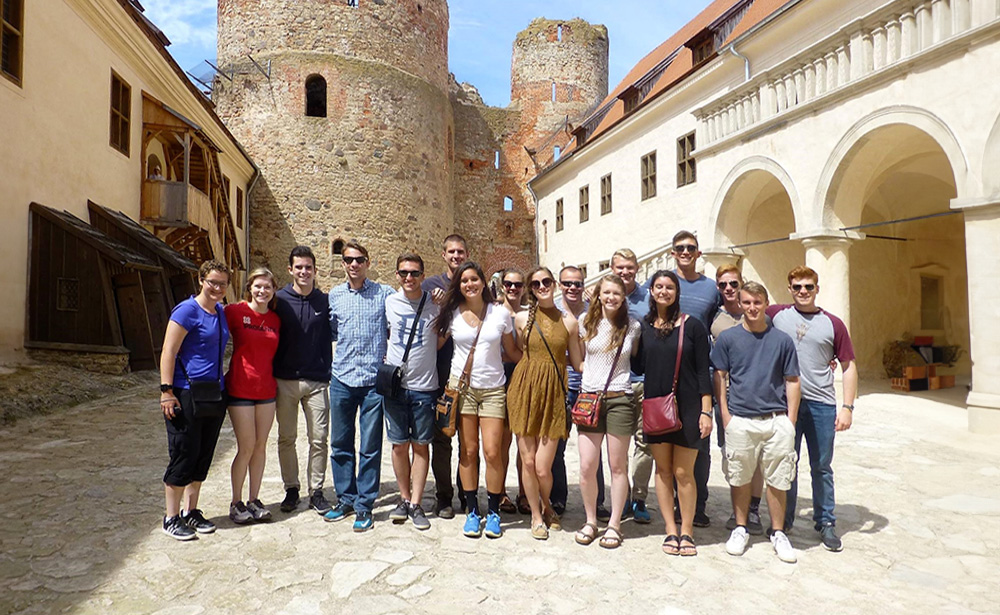March 8 – International Women’s Day

International Women’s Day (March 8) is one of the most popular festivals in Russia. It is widely celebrated everywhere regardless religion or nationality. What makes it so popular? Let’s try to find it out.
The Festival’s History
It’s considered that the celebration of the International Women’s Day dates back to the 1908 rally in New York when more than 15,000 women marched through the city demanding the equal with men paying conditions and voting rights for women. The rally was organized by Social-Democratic Women’s Organization.
One year after, the USA socialistic movement announced the national women’s day that was celebrated on the last Sunday in February. Later the idea of this kind of festival was supported and developed by feminist movements and socialists from different states whose main message was the gender equality. After 1911 the festival was celebrated on different dates in various European states. In 1914 the 8th of March was celebrated at the same time in Austria, Denmark, the Netherlands, Germany, Switzerland and Russia.
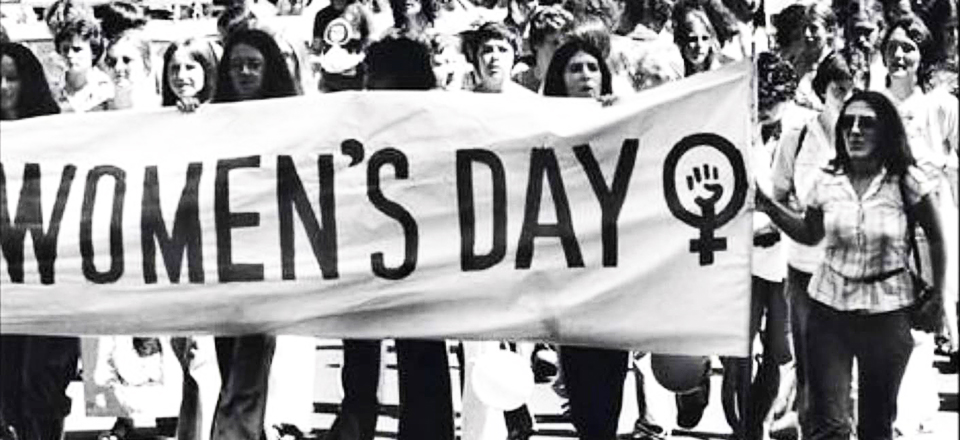
Owing to the movement, women in New Zealand, Australia, Finland, Norway, Denmark and Iceland received a full or partial voting right until 1917.
During the February revolution in Russia, within the women’s rally on February 23 (at that time Russia still used the Julian calendar, the 8th of March according to the Gregorian calendar), the Bolshevik supporters join them. Almost 130,000 people who called for equality for women joined the campaign.
In 1921 in honor of this event, it was decided to celebrate the International Women’s Day on the 8th of March. Since 1966 this day became a day off in the USSR.
In the beginning, the festival had the official status only in socialist states. The status of an international festival it acquired only in 1975 when the UNO proclaimed March 8th a symbol of the fight for women’s rights.
How March 8th is Celebrated Today
Nowadays, March 8 is celebrated mainly in the former USSR countries and its satellites. In Europe, this day as usual is not an official day off. In modern Russia, the festival still has the status of the official holiday and it is one of the most popular festivals. On this day, men congratulate women: they give their women flowers and presents. Already early in the morning you can buy tulips everywhere in the city. Tulips are traditional flowers usually given on the International Women’s Day. People celebrate this festival at home with their families or friends. Normally they don’t have any noisy parties or public celebrations.

At the same time, the modern format of the festival is now often criticized. If initially the holiday was actively promoted by feminist movement and it encouraged the achievement of equal gender rights, nowadays, a few women believe that the holiday in the way it is celebrated, diminishes these achievements, as women are congratulated on the gender grounds, but not for their success in their fight for equality. However, for the majority of people March 8 remains the day that is celebrated with their families and friends, and it has nothing to do with politics.
You may be interested
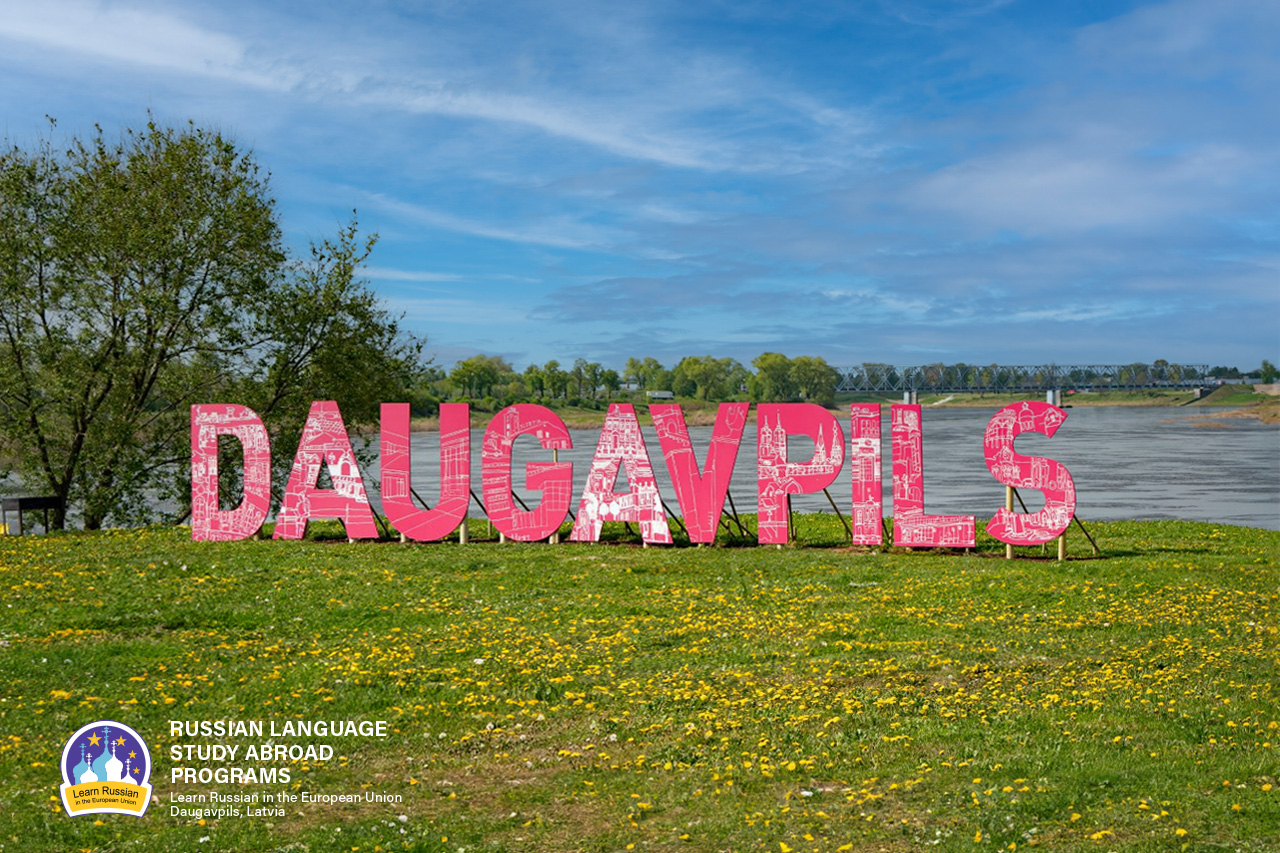
Why do people speak Russian in Daugavpils?
As it seems to us, Daugavpils is the best place to learn Russian now, because our city is situated in the EU and NATO, but at the same time 90% of the city’s population speak Russian at home.
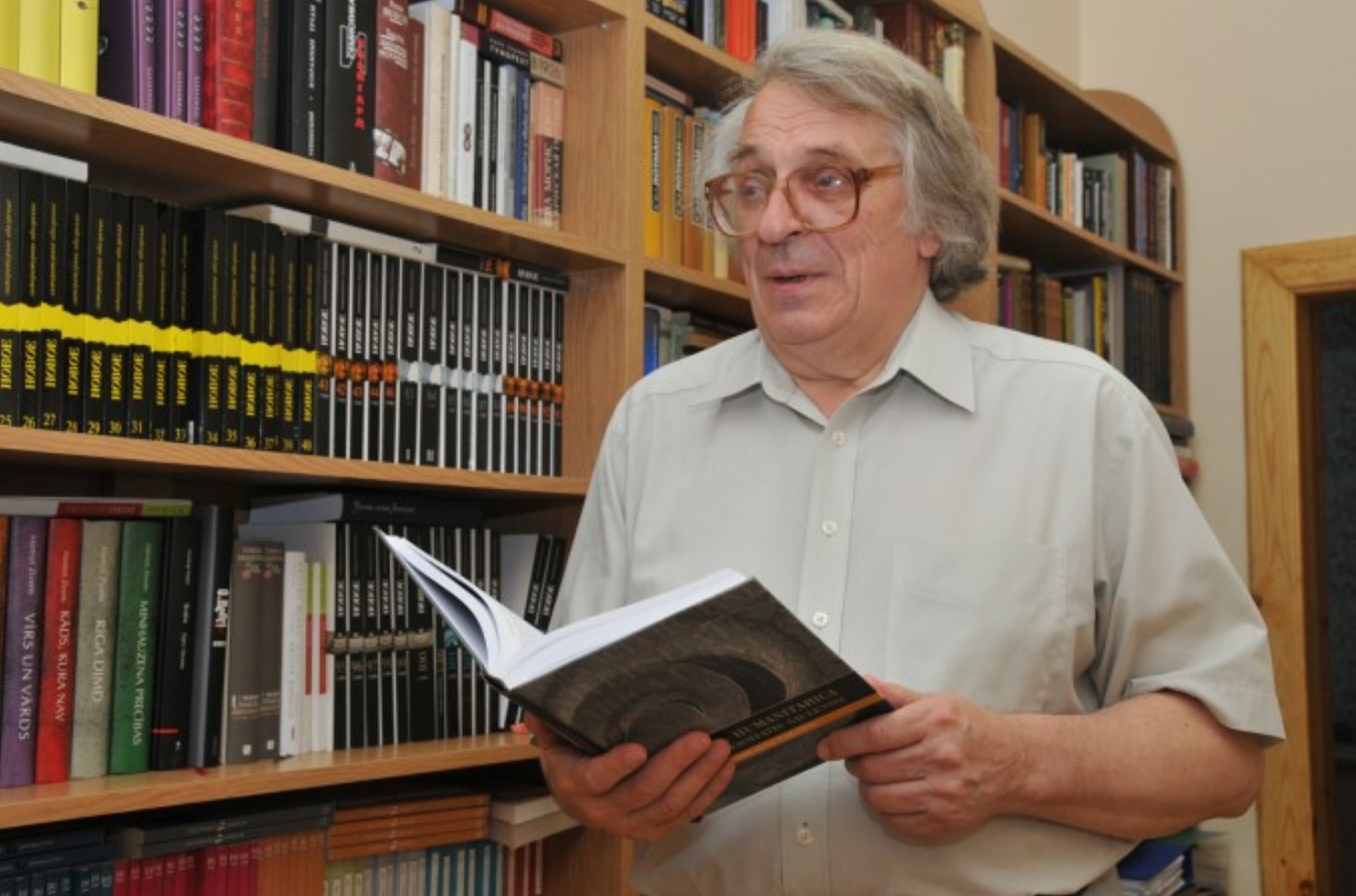
ЭТЮД О ДВИНСКЕ
Etude on Dvinsk by F.Fedorov
The Baltic region is one of the most catastrophe prone regions of the 2nd millennium, especially its second part; it is the centre of attraction of ‘geopolitical’ interests of the European world. Probably the most tragic fate has befallen to the eastern part of the present Latvia and its multi-titled town of Dinaburg – Dvinsk – Daugavpils. During its 730 years long history, the town went through five rather autonomous periods of development, five different lives (German, Polish, Russian, Latvian, Soviet), and at the beginning of the 1990s it entered into the 6th period.
The history of Dinaburg – Dvinsk – Daugavpils is the history of five attempts by the town to begin its life anew; and this is determined not only by the fact that the town was four times burned down and had to start life from scratch, but first and foremost because each of these periods was characterized by a total change of ethnos and the socio-cultural field.
The present article deals with the cultural space of the town in one of the most efficient periods of its development – from the 1860s till World War I.






